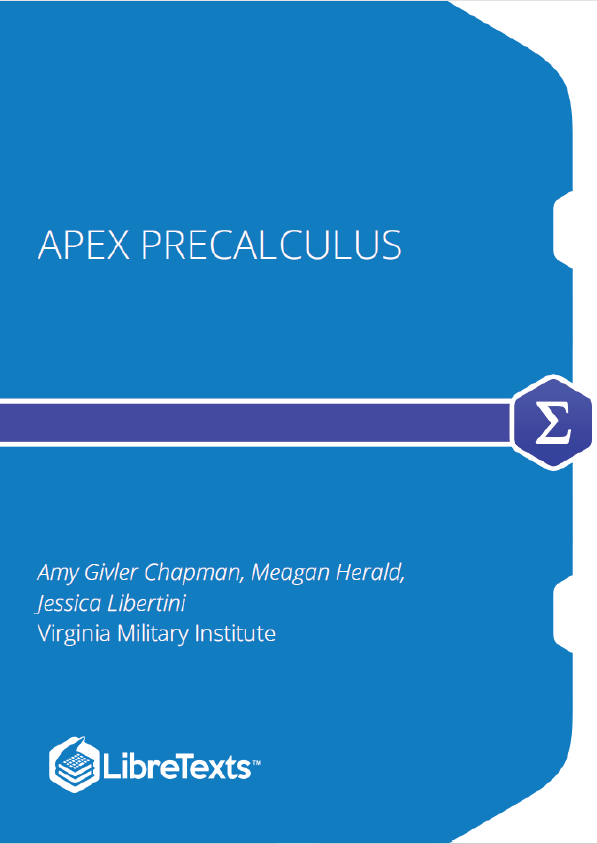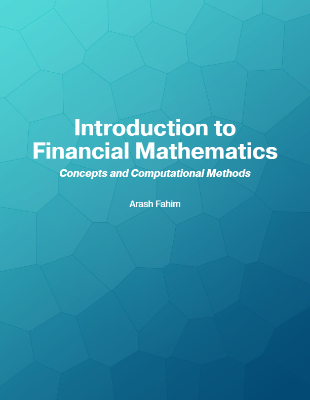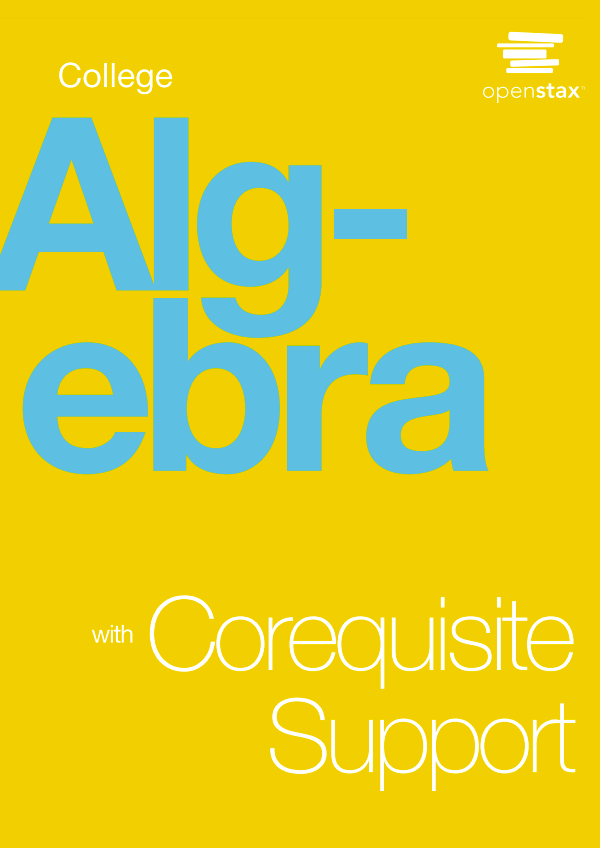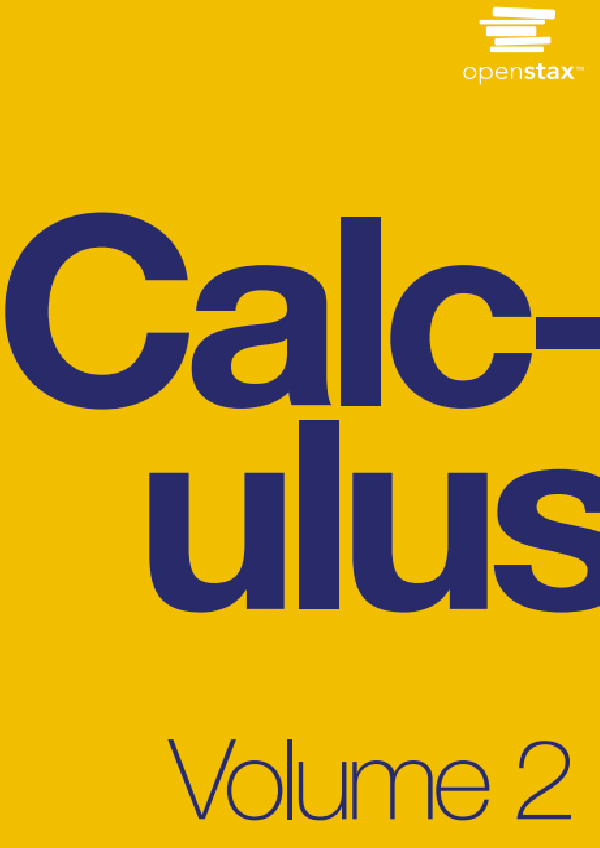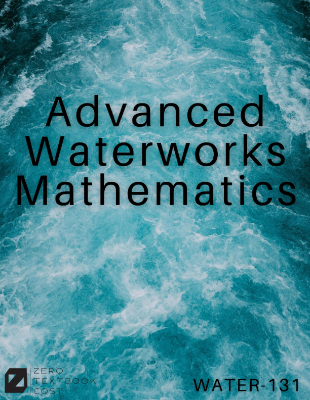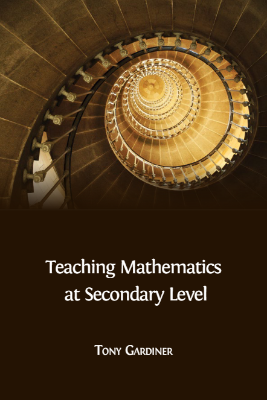This text was written as a prequel to the APEX Calculus series, a three–volume series on Calculus. This text is not intended to fully prepare students with all of the mathematical knowledge they need to tackle Calculus, rather it is designed to review mathematical concepts that are often stumbling blocks in the Calculus sequence. It starts basic and builds to more complex topics. This text is written so that each section and topic largely stands on its own, making it a good resource for students in Calculus who are struggling with the supporting mathematics found in Calculus courses. The topics were chosen based on experience; several instructors in the Applied Mathematics Department at the Virginia Military Institute (VMI) compiled a list of topics that Calculus students commonly struggle with, giving the focus of this text. This allows for a more focused approach; at first glance one of the obvious differences from a standard Pre-Calculus text is its size.
Numbers and Functions
When we first start learning about numbers, we start with the counting numbers: 1, 2, 3, etc. As we progress, we add in 0 as well as negative numbers and then fractions and non-repeating decimals. Together, all of these numbers give us the set of real numbers, denoted by mathematicians as , numbers that we can associate with concepts in the real world. These real numbers follow a set of rules that allow us to combine them in certain ways and get an unambiguous answer. Without these rules, it would be impossible to definitively answer many questions about the world that surrounds us.
In this chapter, we will discuss these rules and how they interact. We will see how we can develop our own “rules” that we call functions. In calculus, you will be manipulating functions to answer application questions such as optimizing the volume of a soda can while minimizing the material used to make it or computing the volume and mass of a small caliber projectile from an engineering drawing. However, in order to answer these complicated questions, we first need to master the basic set of rules that mathematicians use to manipulate numbers and functions.
Additionally, we will learn about some special types of functions: logarithmic functions and exponential functions. Logarithmic functions and exponential functions are used in many places in calculus and differential equations. Logarithmic functions are used in many measurement scales such as the Richter scale that measures the strength of an earthquake and are even used to measure the loudness of sound in decibels. Exponential functions are used to describe growth rates, whether it’s the number of animals living in an area or the amount of money in your retirement fund. Because of the varied applications you will see in calculus, familiarity with these functions is a must.
